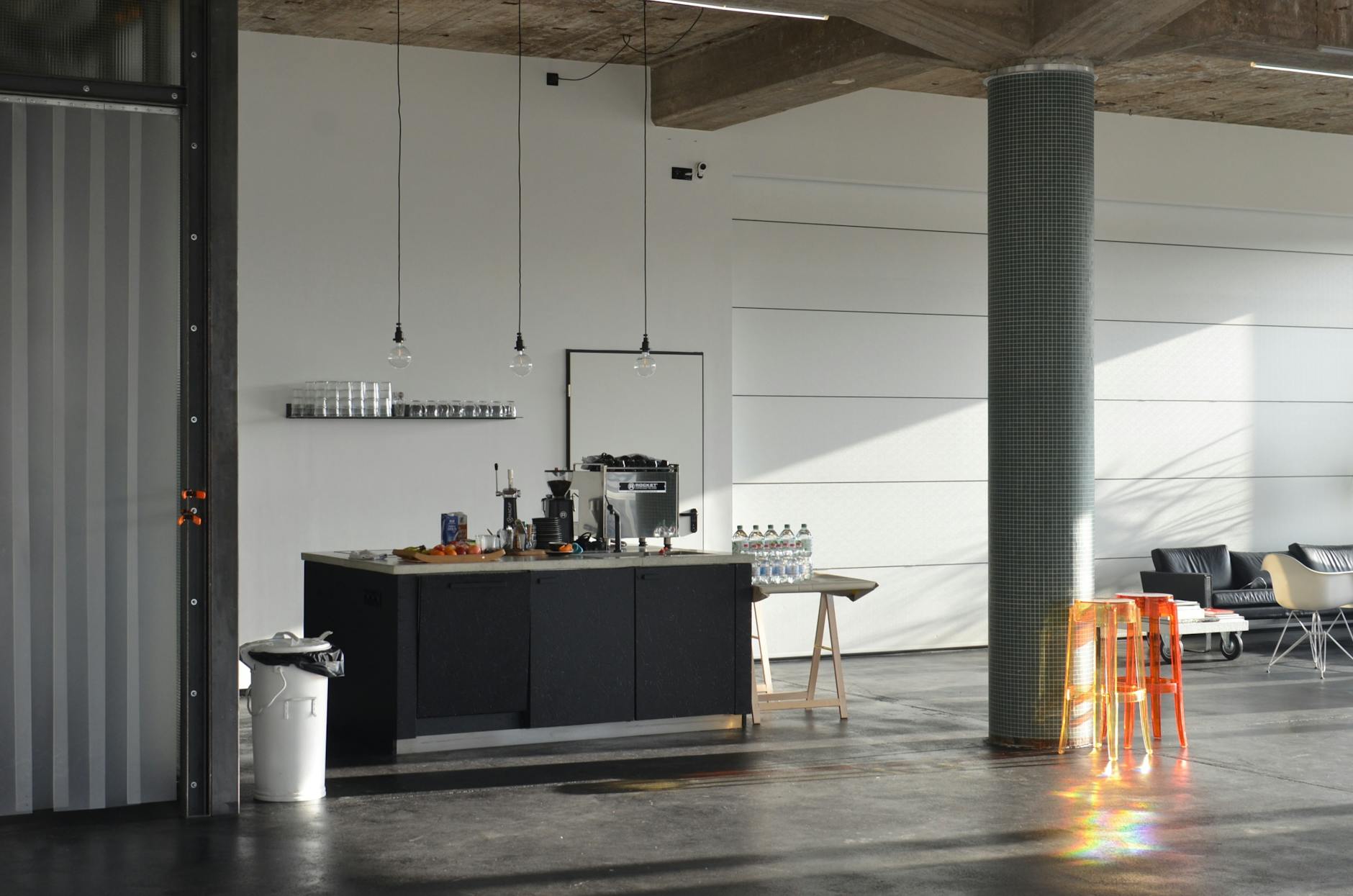Choosing the Right Finish for Style, Function, and Budget
At Private Label Coating, we know that a floor isn’t just a surface — it’s a statement. When it comes to polished concrete, the finish you choose can completely transform the look and feel of a space.
Whether you’re designing a sleek interior or upgrading a commercial environment, understanding the different types of concrete polishes can help you achieve the perfect balance of form and function.
If you’re hearing terms like “Class A polish” or “salt and pepper finish,” this guide breaks down the most common types of concrete polishes — including a few insider terms — so you can make confident, informed decisions.
Class A Polish – Cream Finish
Class A is the most refined of all polish types. It preserves the very top layer of the concrete — the “cream” — resulting in a smooth, uniform finish with little to no aggregate exposure.
This finish is ideal for high-end interiors where elegance and consistency matter. Achieving it requires expert finishing and curing during the pour, followed by light grinding. However, it’s not very forgiving — imperfections in the slab will show through.
Best for:
• Residential homes
• Minimalist commercial interiors
• Boutique retail spaces
Class B Polish – Salt & Pepper Finish
Class B polish exposes the fine aggregate just beneath the surface, creating a speckled texture often referred to as “salt and pepper.” It’s one of the most popular finishes thanks to its subtle texture and visual depth.
Moderate grinding is used to achieve this effect, making it more forgiving during installation and well-suited to a wide variety of project types.
Best for:
• Office buildings
• Showrooms
• Garages and cafes
• Modern residential interiors
Class C Polish – Large Aggregate Finish
Class C polish reveals the larger aggregate embedded in the concrete slab. This bold, industrial-style finish is achieved through deep grinding and delivers a visually striking result with extreme durability.
It takes more time and effort, but the payoff is a unique, stone-exposed surface that adds character and strength to any space. The aggregate distribution in concrete is not always uniform. Exposing it can result in patchy or uneven aesthetics, especially if the mix wasn’t designed with exposure in mind.
Best for:
• Restaurants
• Industrial lofts
• Statement commercial interiors
• High-traffic environments
The “Poor Man’s Polish” – Burnished Sealer Finish
This budget-friendly option isn’t a true mechanical polish, but it delivers a similar sheen at a lower cost. A topical sealer (typically acrylic or urethane) is applied to the surface, then burnished with a high-speed buffer to create shine.
While it doesn’t offer the same durability or stain resistance, it’s a quick, cost-effective solution for low-traffic or temporary spaces.
Best for:
• Warehouses
• Budget-conscious projects
• Tenant improvements
• Utility areas and quick installs
Choosing the Right Finish
At Private Label Coating, we do more than install great floors — we collaborate early in the design and construction process to ensure success from the ground up. Our expert consulting services help architects, builders, and contractors make smart decisions about materials, durability, and aesthetics. Whether you’re aiming for a high-gloss industrial polish or a subtle matte finish, we guide you to the right solution and deliver it with precision.
Let’s turn your next floor into a feature.
Contact us today to schedule a consultation or request a quote.



